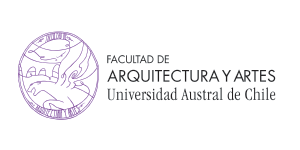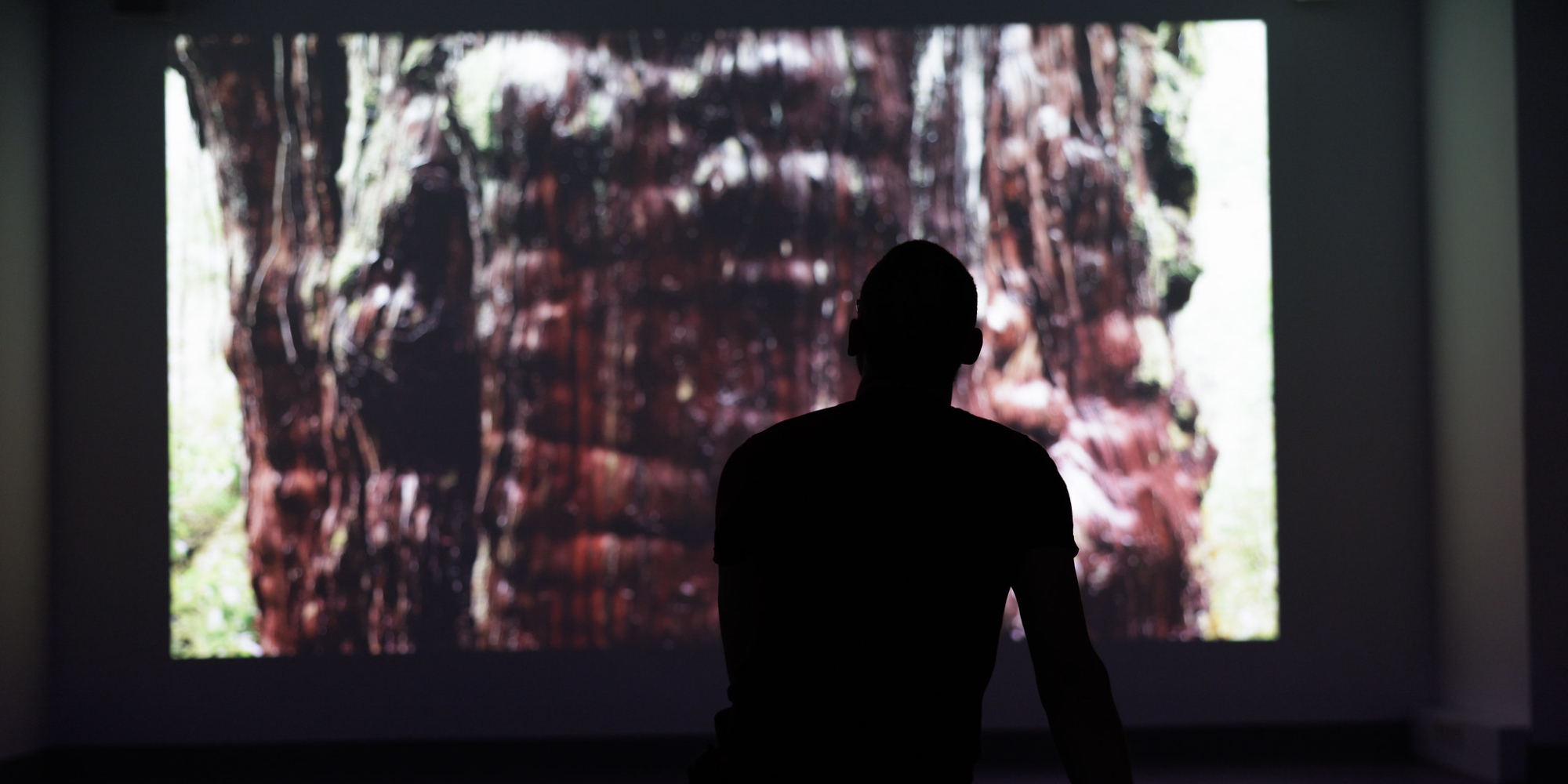The ancient messenger tree at the south of the world
The oldest living trees on Earth are Bristlecone pines in the western US and Alerces in the Valdivian rainforest of southern Chile. Two Chilean environmental scientists have estimated that the Alerce Milenario — known as Lañilawal — is probably more than 5000 years old, the oldest living tree on Earth. This exceptional tree is a monumental tree because of its unique size and historic, aesthetic and cultural value. It is a living time capsule of Earth’s natural history. The annual growth rings of this tree can tell us not only their age and how it has adapted to environmental changes, but also what kind of biological and organic technology laws are behind extreme longevity. One of these laws is that to be old, trees have to grow slowly — even more slowly than perceptible time. How to show the pulse of this slow life? How to feel its breathing? Its sensory and memory, communication and symbiosis forms? Lañilawal remains in the mode of a deferred time, literally a mysterious interval removed from the time scale of human senses. This invisible time can perhaps only be measured by mixing scientific data and poetic fiction. Bringing together a group of artists and the latest scientific research, the Lañilawal project is an approach to get a glimpse of this living time capsule with the purpose of understanding its message in the context of a world that is on the verge of extinction and where science still bears the scars of colonialism.
Biography
Credits
The Lañilawal project is promoted by the Vice President for Research, Development and Artistic Creation and the Faculty of Architecture and Arts of the Austral University of Chile (UACh) and the French National Center for Scientific Research (CNRS). Artistic idea and curatorship by Jonathan Barichivich, María Jesús Román and Ivan Flores Arancibia. Original Sound by Alejandro Albornoz. Camera of Cristian Arriagada. Video editing by Javier Espina, Cristóbal Flores and Jorge Pérez de Arce. Data visualization by Claudio Lavado. Special collaboration by Elisa Figueroa, the Alerce Corporation, Laboratoire des Sciences du Climat et de l’Environnement (LSCE) and Conaf – Ministry of Agriculture












